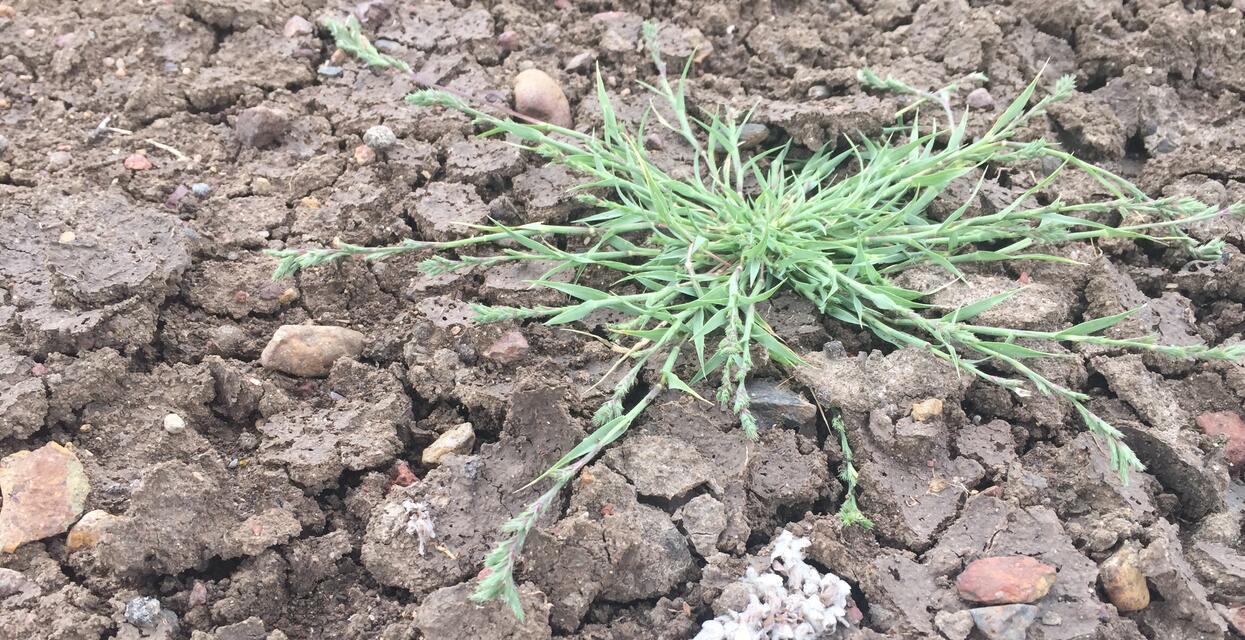Conservation status: U.S. Fish and Wildlife Service – Critical Habitat
Threats to Survival: Urban development; habitat degradation; climate change
Disappearing Diversity
Vernal pools are small, temporary wetlands that dot the grasslands and shrublands of areas around the world. Their ephemeral nature makes them a breeding ground for evolutionary specialization, as exemplified by the vernal pools of California, home to an incredibly diverse group of plants and animals. Over half of California vernal pool plant species are California endemics (compared to less than a quarter of California’s other natives) and many are rare. Unfortunately, San Diego County has lost 95-97% of its vernal pools – a loss which has increased pressure on the species calling these pools home. Many groups are working to protect, and restore, these critical habitats. As with many restoration efforts, planting and seeding native plants is an incredibly important part of restoring vernal pools. For San Diego vernal pools, the seeds or plants of rare plants, such as Otay Mesa mint, California Orcutt grass, and spreading navarretia, needed for restoration can come from the Plant Conservation team’s seed bank and nurseries.
Hunting for (Seed) Treasures
To ensure rare plants are included in current and future vernal pool conservation projects, we collect seed for long-term storage in the Native Plant Seed Bank. Our team is actively targeting all the populations of Otay Mesa mint, California Orcutt grass, little mousetail, spreading navarretia that occur on accessible land in the county. Each vernal pool has its own special blend of species and conditions, and to fully capture the genetic diversity of these declining species we need to collect seed from each unique group of vernal pools. This is especially important for species with few remaining locations, such as Otay Mesa mint. Fortunately, we have permission to collect from all three of the vernal pools areas hosting this beautiful purple flower. Making quality collections can prove challenging. Vernal pool species’ seed production depends on the pools filling (i.e. on rainfall) and slowly drying out. For instance, spreading navarretia germinates while the seeds are inundated, but then doesn’t flower until the pool has almost completely dried out. Seed simply isn’t available every year, and multiple visits over several years may be required.
Making Bank Withdrawals
Seed doesn’t just sit frozen in the bank once it is collected from these special habitats. We use it to learn more about the rare plant species through research. Investing in research allows us to make smart and productive withdrawals from the bank later. The rare plant nursery at the Botanical Conservation Center houses species that we want to grow for seed production, and we are taking on the challenge of growing vernal pools species here, including California Orcutt grass, Otay mesa mint, and little mousetail. By collecting seed in good years, even before they are needed, restoration projects don’t need to be delayed by limited seed availability. The seed will go to our partners who are taking on the difficult task of restoring damaged pools, and creating new ones. They work hard to create the shapes and depths that will hopefully have the same water flow as the undamaged natural pools. And be just as welcoming to the rare plants whose seed will soon be added.











